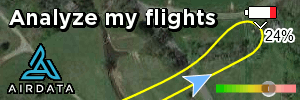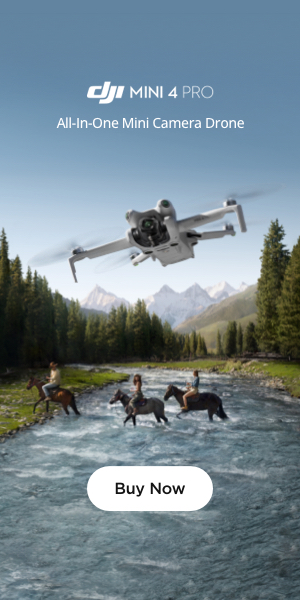- Joined
- May 2, 2019
- Messages
- 48
- Reactions
- 4
Hey guys,
I just bought the standard polar 6 piece nd filters. I put the nd 16 on the Mavic Air. I pressed auto, I saw the shutter speed and ISO. I then went to Manual adjust everything.
If I point to the sun, I get these white black lines on the screen around the sun. When I stop recording and look at the footage, of course the lines are not there.
I haven’t bought the 32 or 64 yet, but will these lines always be there?
I tested it out with adding the 16, and then increased the shutter speed to the highest. Of course it got very dark, and when I pointed to the sun, it still had these black and white lines on the sun.
How do we take away these black and white lines, and what nd filter is good for strong sunny days?
And what filter is good for sunsets?
Best
Greg
I just bought the standard polar 6 piece nd filters. I put the nd 16 on the Mavic Air. I pressed auto, I saw the shutter speed and ISO. I then went to Manual adjust everything.
If I point to the sun, I get these white black lines on the screen around the sun. When I stop recording and look at the footage, of course the lines are not there.
I haven’t bought the 32 or 64 yet, but will these lines always be there?
I tested it out with adding the 16, and then increased the shutter speed to the highest. Of course it got very dark, and when I pointed to the sun, it still had these black and white lines on the sun.
How do we take away these black and white lines, and what nd filter is good for strong sunny days?
And what filter is good for sunsets?
Best
Greg











